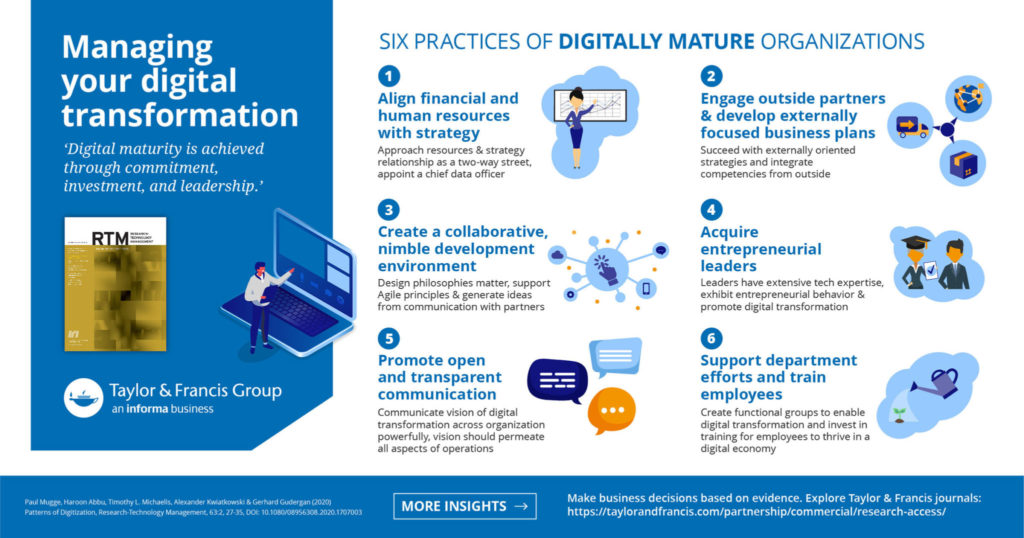While your workers continue to adjust to remote work, at Taylor & Francis we’ve been working hard to make that transition as easy as possible for our employees and customers.
We wanted to share some of our best tips and advice for ensuring successful research from home, offices and anywhere.
1. Supporting your Authors & Researchers
We want our research to be as accessible as possible, which is why we have implemented new developments on our platform in line with the Four Principles of Accessibility, put forward by WCAG 2.1: Perceivable, Operable, Understandable, and Robust.
For our readers, these ensure that our platform works for those using screen readers, and introduces integrated website functionality, meaning you don’t need a mouse to navigate our website.
For our authors, we provide editing services for papers which is particularly useful to those for whom English is not a native language.
Accessibility means that together we can deliver content to whoever, wherever and whenever people in your organization need access to it. Stay tuned for a future content drop on making content accessible and discoverable to everyone.

2. Setting you up for a Digital Future
Let’s face it – the future is digital. At Taylor & Francis, we focus on preparing librarians for a digital-first future. Our aim is to simplify research and give your users access to information quickly and easily, wherever they are.
A digital future looks different for every organization but there are steps you can take to be prepared. To do this consider the 3 main points Harvard Business Review presents supported by research published with us:
- Culture – Many organizations agree that digital transformation requires the right culture, but over 60% of them say that culture is their greatest challenge. At Taylor & Francis, we strive to align our goals with a nimble and collaborative working strategy. How do you think your organization is doing?
- Process – While most organizations agree that agile working and quick adaptation of new ideas is beneficial, only ~40% of organizations think they have successfully managed this transition. We support this by promoting open and transparent communication, working with and supporting entrepreneurial leaders and authors, and by investing in training our teams to thrive in a digital workplace.
- Technology – Many organizations agree that the absence of clear business goals prevents them from getting the most out of their technological investments. Communicating a vision across an organization can powerfully impact how a business operates as a whole. How can your organization approach this and get the most out of your technology?
Our 6 practices of digitally mature organizations are covered in this infographic:

3. The Future is Green
Finally, 2020 has shown us that as well as decentralized working practices the future needs to address green challenges. Did you know all our physical journals are shipped using eco-friendly packaging, and all our journals are recyclable? Additionally, all our research can be accessed digitally for an eco-friendlier research experience. Learn more about how we can support your green goals here.
Going digital can help many organizations reduce their environmental footprints. When your workplace is partially or fully digital you help the environment by:
- Reducing air pollution from commuting
- Using less paper - each tree saved from paper consumption removes up to 15 pounds of carbon dioxide from the air.
- Dietary changes – when you work from home part- or full-time your diet can change, and the result can mean a smaller economic footprint.
- Reducing power consumption – when employees are not in the office full-time, they use less energy, saving their organization money on power bills.
- Using less plastic – from your office K-Cups to plastic cutlery in meetings, these plastics add up.
 Africa
Africa  China
China  Japan
Japan 
